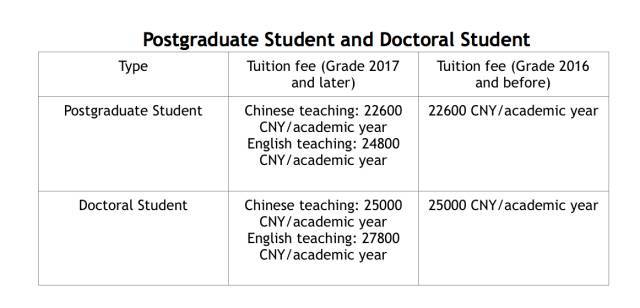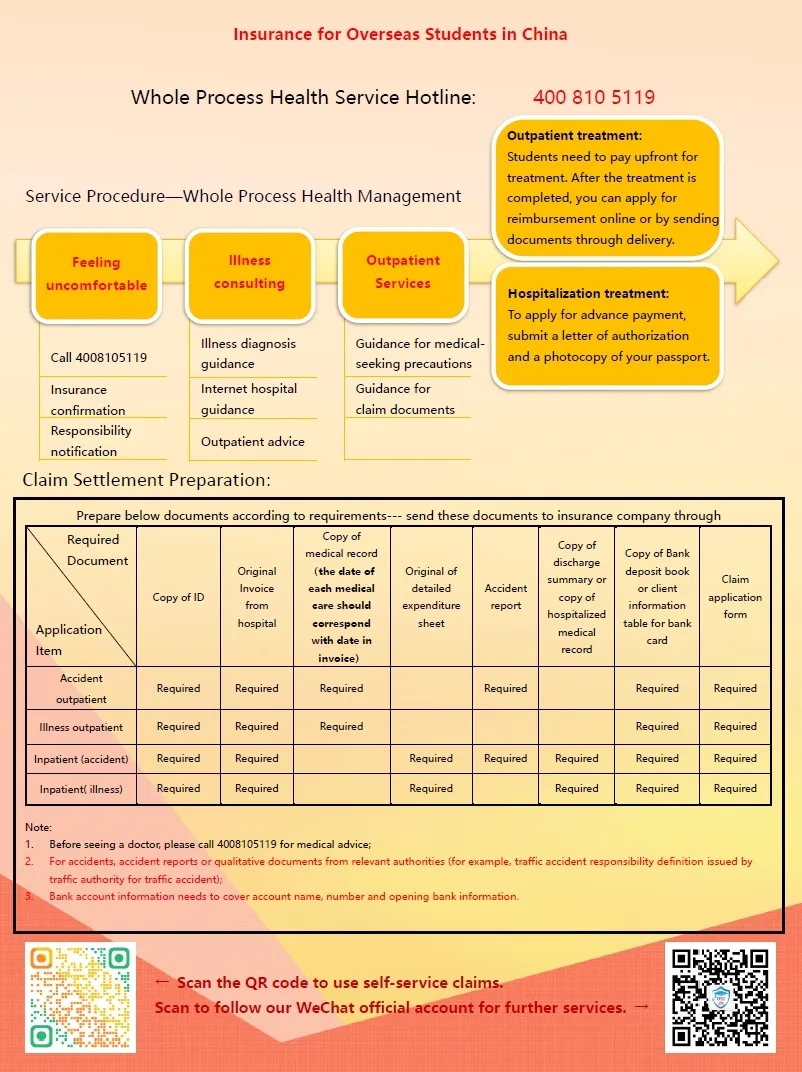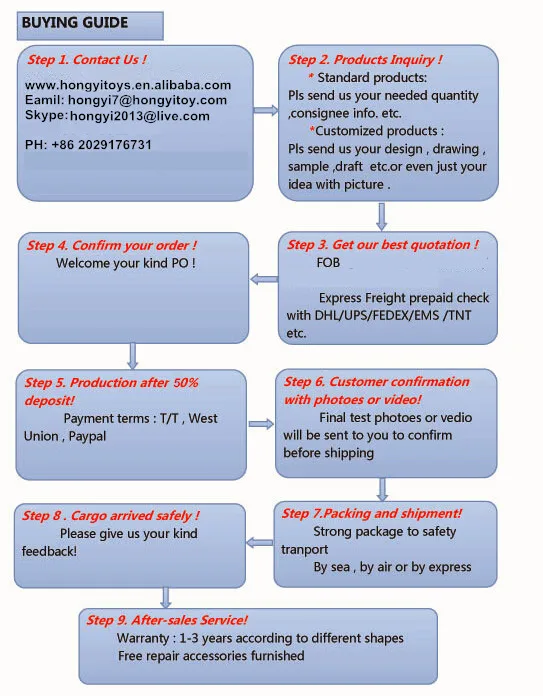Comprehensive Guide: How Can I Put My Student Loans in Deferment?
Guide or Summary:Understanding Student Loan DefermentHow Can I Put My Student Loans in Deferment?Types of DefermentImpact on Interest AccrualAlternatives to……
Guide or Summary:
- Understanding Student Loan Deferment
- How Can I Put My Student Loans in Deferment?
- Types of Deferment
- Impact on Interest Accrual
- Alternatives to Deferment
#### Translation: How can I put my student loans in deferment
---
Understanding Student Loan Deferment
Student loan deferment is a crucial option for borrowers who may be facing financial difficulties or other qualifying circumstances. It allows you to temporarily postpone your loan payments without incurring penalties. This can be particularly helpful during challenging times, such as unemployment, furthering your education, or experiencing economic hardship.
How Can I Put My Student Loans in Deferment?
To initiate the deferment process, the first step is to determine your eligibility. Not all loans qualify for deferment, so it's essential to review your loan type. Federal loans, such as Direct Subsidized and Unsubsidized Loans, typically offer deferment options, while private loans may have different policies.
Once you've confirmed your loan type, you can proceed to the next steps:

1. **Contact Your Loan Servicer**: Reach out to your loan servicer for detailed information on how to apply for deferment. They can provide you with the necessary forms and guidance tailored to your specific situation.
2. **Complete the Deferment Request Form**: Fill out the deferment request form accurately. Ensure that you provide all required information, including your loan details and the reason for your deferment request. Common reasons include unemployment, financial hardship, or enrollment in school.
3. **Submit Documentation**: Depending on your reason for deferment, you may need to provide supporting documentation. For example, if you’re unemployed, you might need to submit proof of job search efforts or unemployment benefits.
4. **Await Confirmation**: After submitting your request, your loan servicer will review your application and inform you of their decision. If approved, they will notify you of the deferment period and any terms associated with it.

Types of Deferment
There are various types of deferment available, including:
- **In-School Deferment**: If you’re enrolled at least half-time in an eligible program, you can defer your loans until you graduate or drop below half-time status.
- **Economic Hardship Deferment**: This option is available for borrowers facing financial difficulties. You must demonstrate that your income is below a certain threshold or that you are receiving government assistance.
- **Unemployment Deferment**: If you’re actively seeking employment but are unable to find work, you can apply for this deferment.

Impact on Interest Accrual
It's essential to understand how deferment affects your loan interest. For subsidized loans, the government pays the interest during the deferment period. However, for unsubsidized loans, interest continues to accrue, and you will be responsible for that interest once the deferment period ends.
Alternatives to Deferment
If deferment isn't the right option for you, consider alternatives like forbearance or income-driven repayment plans. Forbearance allows you to temporarily stop or reduce payments, but interest will accrue on all types of loans. Income-driven repayment plans adjust your monthly payments based on your income and family size, potentially making your payments more manageable.
In conclusion, understanding how to put your student loans in deferment is vital for managing your financial responsibilities effectively. By following the outlined steps and being aware of the types of deferment available, you can make informed decisions that align with your current financial situation. Always stay in contact with your loan servicer to ensure you're aware of your options and any updates regarding your loans.